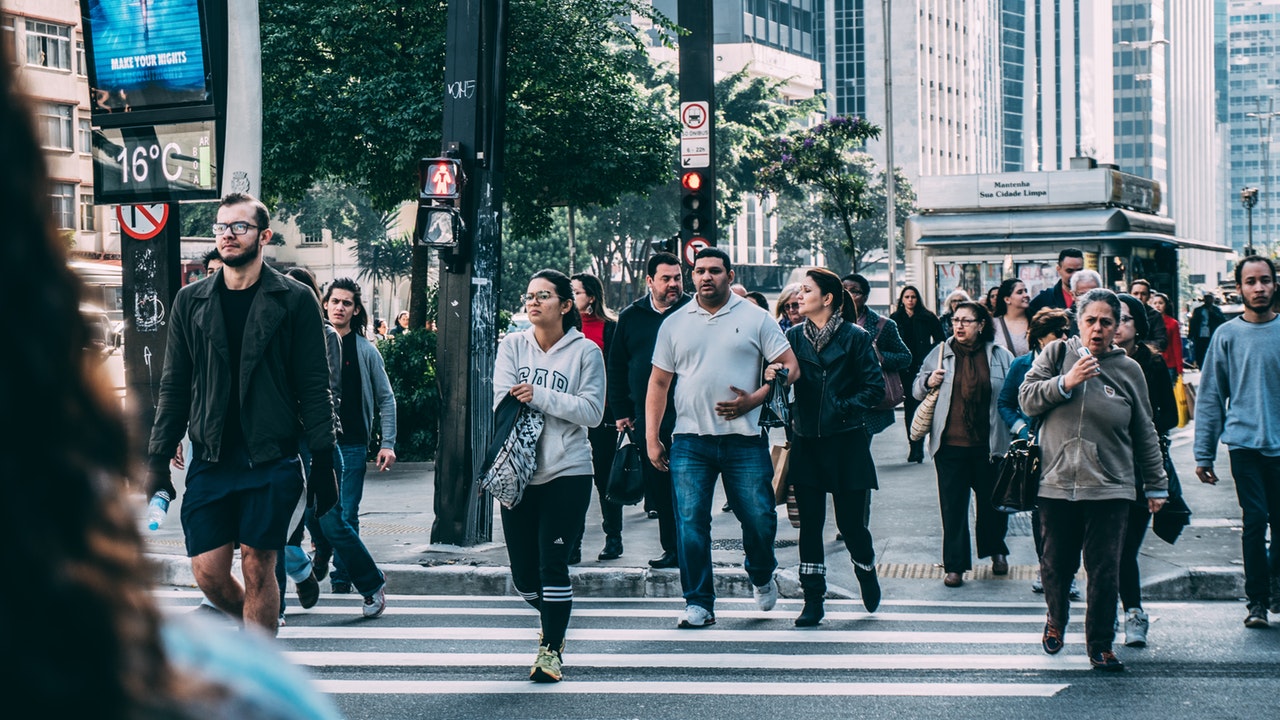
Foot Traffic Measurements - The Common Methods And How To Get Them Through Video Security Cameras
October 02, 2018

For businesses, especially those in retail, understanding foot traffic is vital for success. Not only can it shed light into setting up a new business location, but it can also serve as a metric for understanding how a business is performing and their rate for customer conversion. The same value can be seen for businesses outside of retail as well. Businesses that realize the importance of foot traffic measurements are positioned to thrive because of their understanding of space utilization and its overall impact on safety, employee wellbeing, company efficiency, and more.
Most counting systems used today only count the number of people going in or out without providing real actionable data. In this article, we’ll discuss everything you need to know about foot traffic measurements, the different ways to measure it, and how using video security to measure foot traffic may be the right solution for you.
Below are the topics that we’ll cover:
- Existing methods for people counting
- Using security cameras for people counting
- The pros and cons of people counting through video security
1. Existing methods for people counting
Infrared People Counters
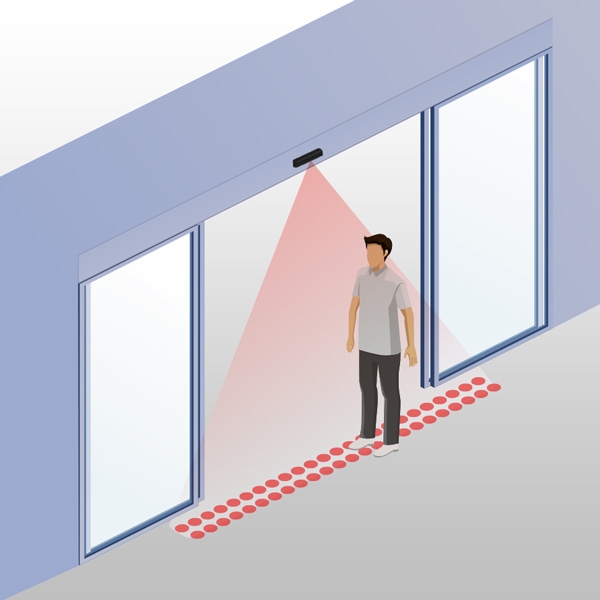
Infrared people counters are the most common way to measure foot traffic for businesses. These systems use infrared sensors, which have the ability to count people coming in and going out. While this system can give a general number for foot traffic, it cannot be used in outdoor environments and does not consider human behavior when measuring for foot traffic, such as a person entering and leaving immediately because of a forgotten item in their car or employees walking in and out of the store numerous times. Infrared people counters are powered by battery and require proprietary software that does not integrate easily into a business’s technology stack.
Wi-Fi
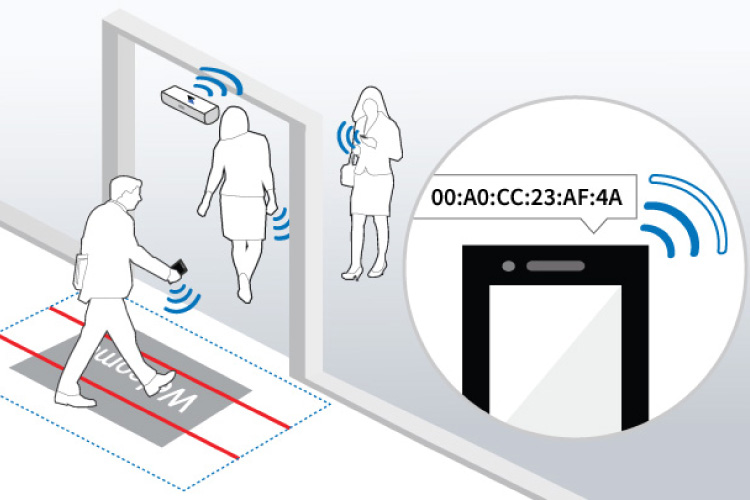
Wi-Fi counters work by connecting with a person’s smartphone device. While this can increase accuracy, this form of people counting can quickly run into issues. The most common issue revolves around smartphone settings. In order for Wi-Fi counters to work properly, the counter must be able to connect with a device. However, with increasing privacy concerns, more cell phone manufacturers are making it more difficult for outside applications to accurately count based on Wi-Fi, making this method increasingly unreliable.
Manual Clicker
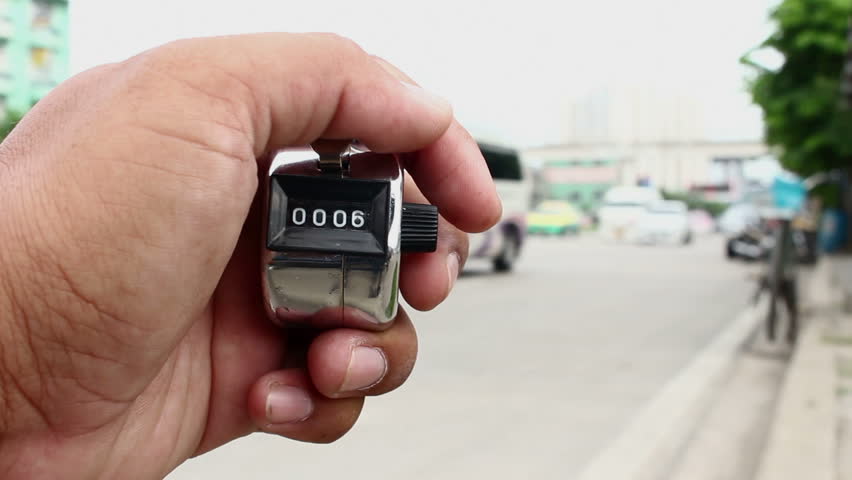
Manually counting foot traffic provides the most control as well as the most room for human error. A common way to count foot traffic is through a hand clicker. A person pushes the clicker every time someone enters the business. However, if the person leaves, the person will need to adjust the clicker or use another clicker to account for this change. In short, this process can get messy for a businesses, especially if they don’t have the money and resources for a person to dedicate themselves to counting or if the business receives a lot of traffic with multiple entrances.
2. Using security cameras for people counting
Previously if you wanted to measure foot traffic through video security, you would have to review footage and manually count the number of people you see. As you can imagine, this could be very labor intensive and inefficient for many businesses to do. For most foot traffic measurements, the typical accuracy is around 80% for all methods.
Most businesses use video security to protect their organization but have an entirely separate system to measure foot traffic with no communication happening between the two platforms. With some systems (like ours) people counting is available and can provide the same level of accuracy (if not more) than traditional methods with the added benefit of better video security.
To effectively use security cameras for foot traffic measurements, you must confirm that the cameras you’re looking at have computer vision or the ability to decipher between people, animals, objects and etc. If the system does not have these features, people counting may not work or won’t be any different than a traditional sensor system. If the system has facial recognition, this can bring foot traffic measurements to the next level and provide the ability for unique people counting.
3. The pros and cons of people counting through video security
The Pros
No manual counting
You can cover a massive area with security cameras. If the cameras possess computer vision, then the counting process is automated giving you the data you want without any of the work.
Integrated system
Most businesses use a variety of different tech products to ensure the success of their business. By reducing the number of vendors a business has to manage, you can reduce complexity and streamline the workflow – saving you time and money by combining two separate systems into one.
Contextual Data
Using video security with people counting gives you the data you want and combining it with real-world context. This helps you understand the behavior patterns of people interacting with your space and can assist you in making more impactful decisions.
Flexibility
Install a people counting system anywhere you wish and gather data from that environment. Whether it’s indoor, outdoor, a massive warehouse or an area with multiple entrances, security cameras provide the best people counting flexibility and efficiency.
More Analytics
With more advanced systems using computer vision, you can get more in-depth analytics like the number of unique visitors in a day instead of just broad people counts. This can help decipher between unique customers and employees walking throughout the store. Other advanced analytics are available in some systems too like repeat visitors, dwell times, and more.
The Cons
Accuracy
With traditional people counting methods, you could expect around 80% accuracy. Achieving 100% accuracy is very difficult and there is no system (both sensor and camera) that can accomplish this. With Rhombus, you could expect around 80-90% accuracy but receive the added benefit of having video security system protecting your space.
Computer Visions vs. Sensors
There can be a debate over sensors being better than computer vision and vice-versa. While computer vision has its pros, it is still heavily reliant on how advanced the neural network is and what the camera vendor does to ensure its reliability. From our experience, both systems possess its pros and cons, but we favor computer vision as it provides more specific data rather than a simple people count.
Conclusion
Previously, gathering foot traffic measurements from video security used to be an incredibly inefficient process. With the latest technological advancements, some options can provide the same level of counting performance as traditional methods with more features. We believe in the next couple of years, sensors will become obsolete, and smart security cameras will increase in accuracy and be the new people counters that businesses will prefer.
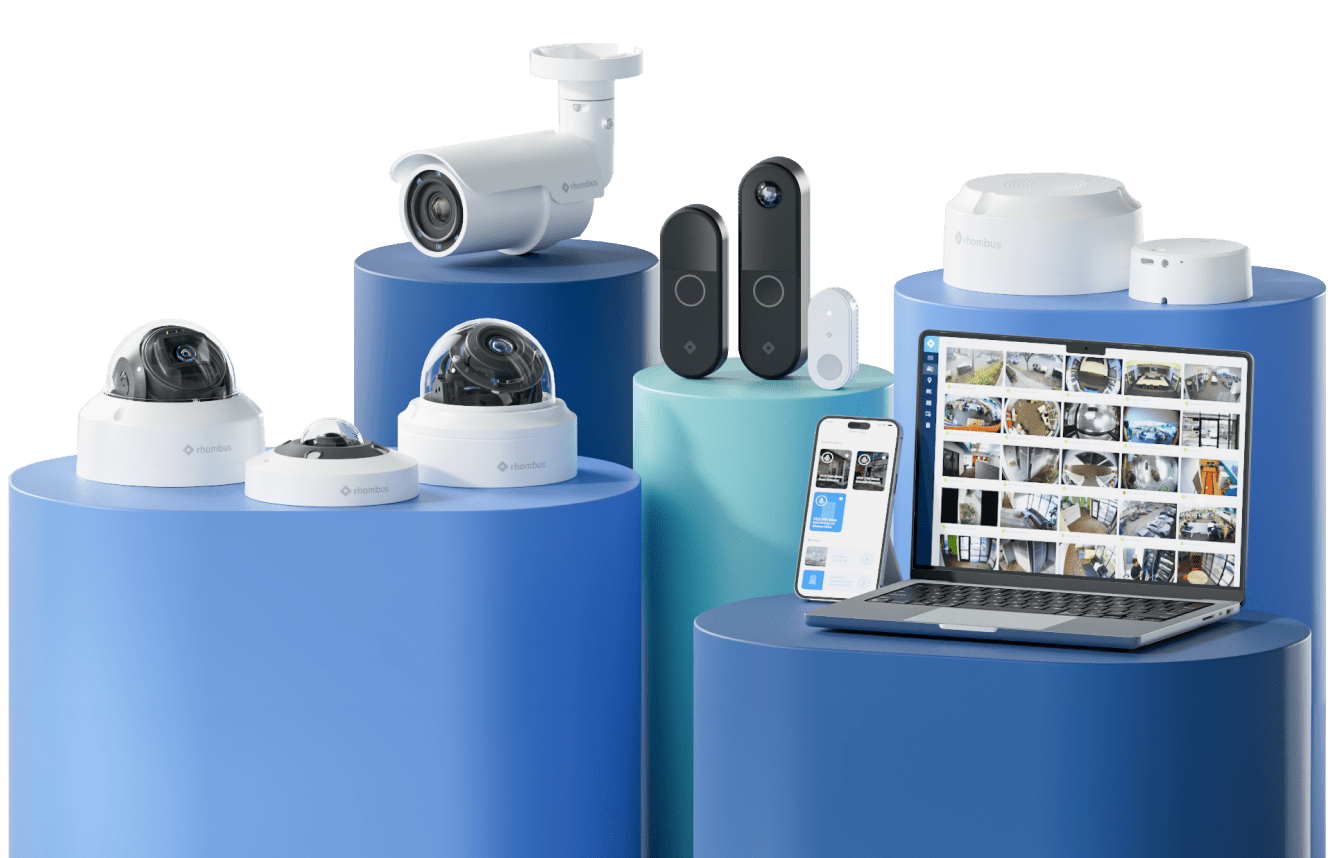
Try Rhombus for Free!
See why school districts, cities, and Fortune 500 companies use Rhombus.
Start Trial

